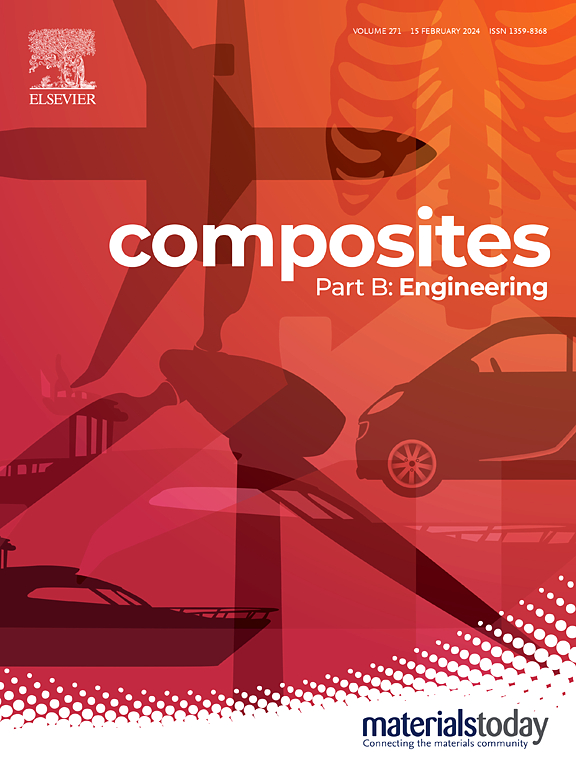Insights into low-impurity activated carbon materials for supercapacitors with high-voltage and ultra-long cycle stability
IF 14.2
1区 材料科学
Q1 ENGINEERING, MULTIDISCIPLINARY
引用次数: 0
Abstract
Ensuring the long-term cycling stability of energy storage devices requires rigorous purity control of active carbon (AC) materials, making it a critical aspect of the manufacturing process. However, despite the presence of naturally occurring impurities in biomass-derived ACs, limited research has focused on effective purification methods for ACs used in supercapacitor applications. In this study, we present a simple hydrothermal purification method using only deionized (DI) water to remove both metallic and non-metallic impurities. By utilizing the enhanced self-ionization and high fluidity of water molecules under elevated hydrothermal conditions, this process achieved a higher purification efficiency (∼94.5 %) than conventional chemical purification methods (∼92.1 %), with minimal textural changes of the ACs. Quantitative analysis of 17 impurity elements via ICP-OES, along with excellent capacitance retention of 86.7 % after 100,000 cycles in an acetonitrile-based electrolyte, demonstrates the effectiveness of this straightforward, environmentally friendly strategy for impurity control and long-term electrochemical stability.

高压超长循环稳定性超级电容器用低杂质活性炭材料的研究进展
确保储能装置的长期循环稳定性需要对活性炭(AC)材料进行严格的纯度控制,这是制造过程中的一个关键方面。然而,尽管生物质来源的ac中存在天然存在的杂质,但有限的研究集中在超级电容器应用中使用的ac的有效净化方法上。在这项研究中,我们提出了一种简单的水热净化方法,仅使用去离子水(DI)去除金属和非金属杂质。通过利用水分子在高温水热条件下增强的自离子化和高流动性,该工艺比传统的化学净化方法(~ 92.1%)获得了更高的净化效率(~ 94.5%),并且ACs的结构变化最小。通过ICP-OES对17种杂质元素进行了定量分析,在乙腈基电解质中循环10万次后,电容保持率达到86.7%,证明了这种简单、环保的杂质控制策略和长期电化学稳定性的有效性。
本文章由计算机程序翻译,如有差异,请以英文原文为准。
求助全文
约1分钟内获得全文
求助全文
来源期刊

Composites Part B: Engineering
工程技术-材料科学:复合
CiteScore
24.40
自引率
11.50%
发文量
784
审稿时长
21 days
期刊介绍:
Composites Part B: Engineering is a journal that publishes impactful research of high quality on composite materials. This research is supported by fundamental mechanics and materials science and engineering approaches. The targeted research can cover a wide range of length scales, ranging from nano to micro and meso, and even to the full product and structure level. The journal specifically focuses on engineering applications that involve high performance composites. These applications can range from low volume and high cost to high volume and low cost composite development.
The main goal of the journal is to provide a platform for the prompt publication of original and high quality research. The emphasis is on design, development, modeling, validation, and manufacturing of engineering details and concepts. The journal welcomes both basic research papers and proposals for review articles. Authors are encouraged to address challenges across various application areas. These areas include, but are not limited to, aerospace, automotive, and other surface transportation. The journal also covers energy-related applications, with a focus on renewable energy. Other application areas include infrastructure, off-shore and maritime projects, health care technology, and recreational products.
 求助内容:
求助内容: 应助结果提醒方式:
应助结果提醒方式:


